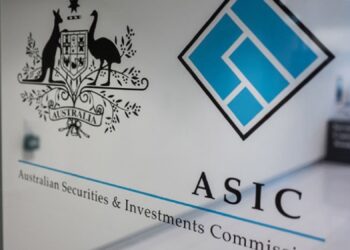Forestry managed investment schemes (MIS) from Elders Forestry will this year feature an attached forestry protection fund as an added failsafe against adverse financial events, according to Linda Pickering, general manager of funds management at Elders.
A percentage of funds from sale proceeds in the Diversified Forestry Project 2010 will be placed into a trust account and released back to Elders over time for the purpose of direct forestry expenditure as defined by the ATO [Australian Taxation Office], she said.
These funds are not applied to any other project and can’t be used for other purposes such as employee salaries; they are exclusively for ongoing forestry expenditure involving the maintenance of the investment. The fund will be subject to an annual independent auditing process.
“If something were to happen to Elders, as unlikely as that is, this would provide a period of time where the fund is able to continue operations and administrators can come in and take over the funds and manage them,” Pickering said.
The product ruling application is currently with the ATO, with a draft expected on April 16. A final copy should be ready for inclusion in the scheme’s Product Disclosure Statement by about April 28. At this time Elders will be able to release specific details of the percentage of funds that will be allocated to the protection fund.
No other agribusiness on the market has so far offered this feature within a forestry MIS, Pickering said.
Providing further protection to investors, Elders takes its payments from revenue once the plantation is harvested, rather than taking fees out up front, which also serves to align investor and company interests.
“On average, 30 per cent of revenue relating to historical projects comes back to Elders, so investors don’t pay additional costs after investment until the conclusion of project. We share the agricultural and financial risk with investors,” Pickering said.
Because of these back end proceeds the company isn’t reliant on year-to-year sales of the products, which is one of the factors that contributed to the collapses of Timbercorp and Great Southern — once investor money stopped coming in, the company was unable to continue to support existing investments.





